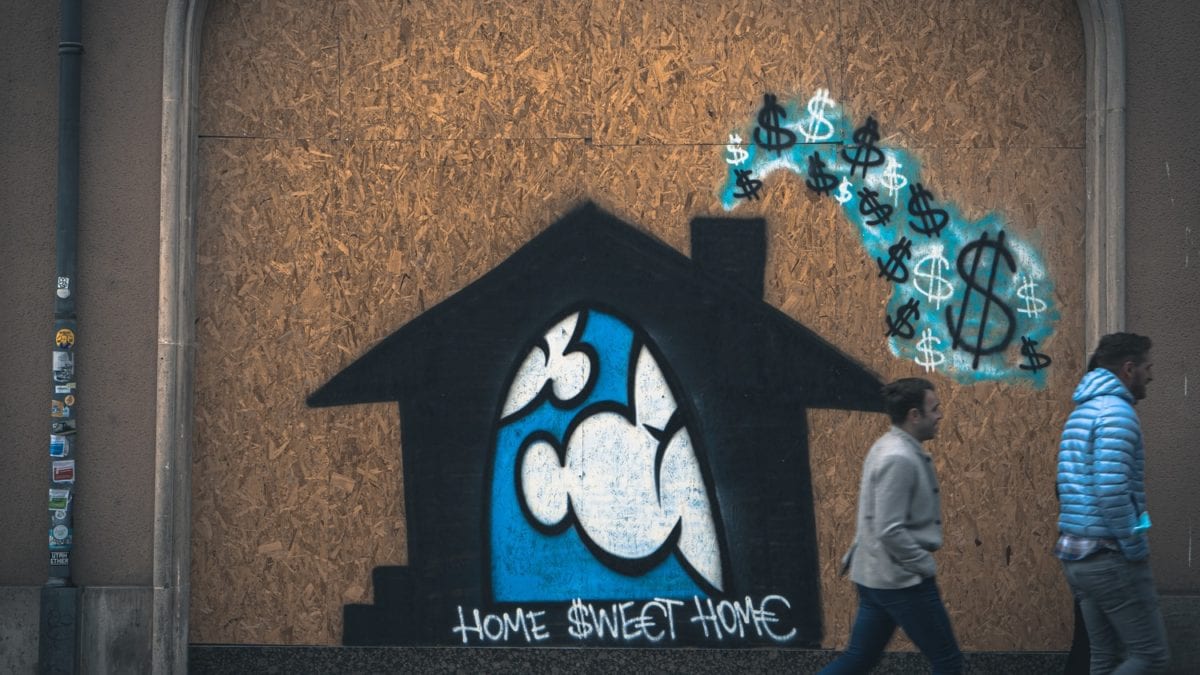News
The status of rental tenants in Utah: the market, evictions, and relief funding

Utah people who need help paying rent can apply for emergency assistance at rentrelief.utah.gov. Photo: Mika Baumeister
SALT LAKE CITY, Utah. — A federal freeze on most evictions enacted last year is scheduled to expire July 31, after the Biden administration extended the date by a month. The moratorium, put in place by the Centers for Disease Control and Prevention in September, was the only tool keeping millions of tenants in their homes. Many of them lost jobs during the coronavirus pandemic and had fallen months behind on their rent.
Landlords successfully challenged the order in court, arguing they also had bills to pay. They pointed out that tenants could access more than $45 billion in federal money set aside to help pay rents and related expenses.
Advocates for tenants say the distribution of the money has been slow and that more time is needed to distribute it and repay landlords. Without an extension, they feared a spike in evictions and lawsuits seeking to boot out tenants who are behind on their rents.
As of June 7, roughly 3.2 million people in the U.S. said they face eviction in the next two months, according to the U.S. Census Bureau’s Household Pulse Survey. The survey measures the social and economic effects of the coronavirus pandemic every two weeks through online responses from a representative sample of U.S. households.
The situation in Utah
What’s the Status of eviction moratoriums in Utah?
Utah was one of several states that enacted a moratorium last year halting eviction proceedings during the strictest pandemic-related lockdowns in spring 2020, but it has long since expired, leaving only the CDC moratorium. The U.S. Census estimates that 16,000 people in Utah are now at risk of eviction and foreclosure.
The CDC moratorium applies only to people who can’t pay rent, and evictions for other reasons have continued in Utah, said Aro Han, a program attorney at People’s Legal Aid.
What’s being done to help people facing eviction in Utah?
Utah has about $180 million in federal funding to help tenants with outstanding rent, utility payments, and other expenses. The state had paid out $23.5 million in rental assistance by the end of May, after receiving about 7,600 applications, according to the state Department of Workforce Services.
The money can go toward rent and other expenses, like utilities and past-due rent. Renters who make 80% of the area’s median income and have financial hardship or instability because of COVID qualify. There is some assistance available not related to COVID. Still, there are some landlords who are reluctant to accept emergency rental assistance, said Francisca Blanc, advocacy and outreach coordinator with the Utah Housing Coalition.
How the Utah courts are handing eviction hearings?
Eviction filings dropped significantly in April 2020 with the moratorium in place, and for most of rest of the year were at about half of their 2019 totals, with the exception of August, according to the Housing Coalition.
Still, their records show that hundreds of people were still evicted every month in 2020.
People who need help paying rent can apply for emergency assistance at rentrelief.utah.gov.
What is the affordability in the state of Utah’s major rental markets?
Utah’s housing market has grown increasingly tight in recent years, and that trend only ramped up during the pandemic, with purchase prices jumping about 31% in a year, according to the Salt Lake Board of Realtors, leaving more people in the rental market.
Rent prices, meanwhile, have also kept climbing, growing 9.4% over the past year, according to a June report from the site apartmentlist.com. That’s markedly sharper than prices in the nation as a whole, which grew 5.3% over the last year, that report found.
Are evictions expected to create a surge in homelessness?
The end of the moratorium is absolutely expected to increase homelessness, Blanc said. The first quarter of 2021 has already seen an increase in homelessness because of evictions, she said.
Han doesn’t expect a precipitous increase in evictions, but she worries about another provision of Utah law that allows landlords to collect triple the daily rent if a tenant overstays the 3-day window they have to vacate a property.
“So if a tenant fell on hard times during the pandemic and vacated one month after an eviction notice expired, he or she will actually be liable for the equivalent of three months of rent,” Han wrote in an email. “I expect to see a significant spike in debt collection cases and bankruptcy filings, directly linked to housing debt.”



















